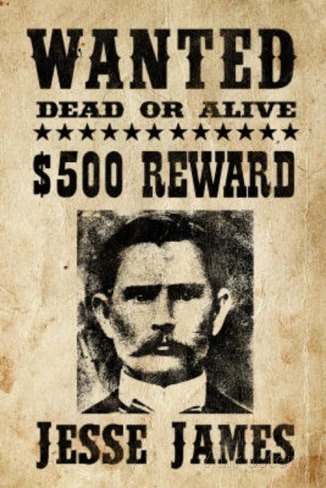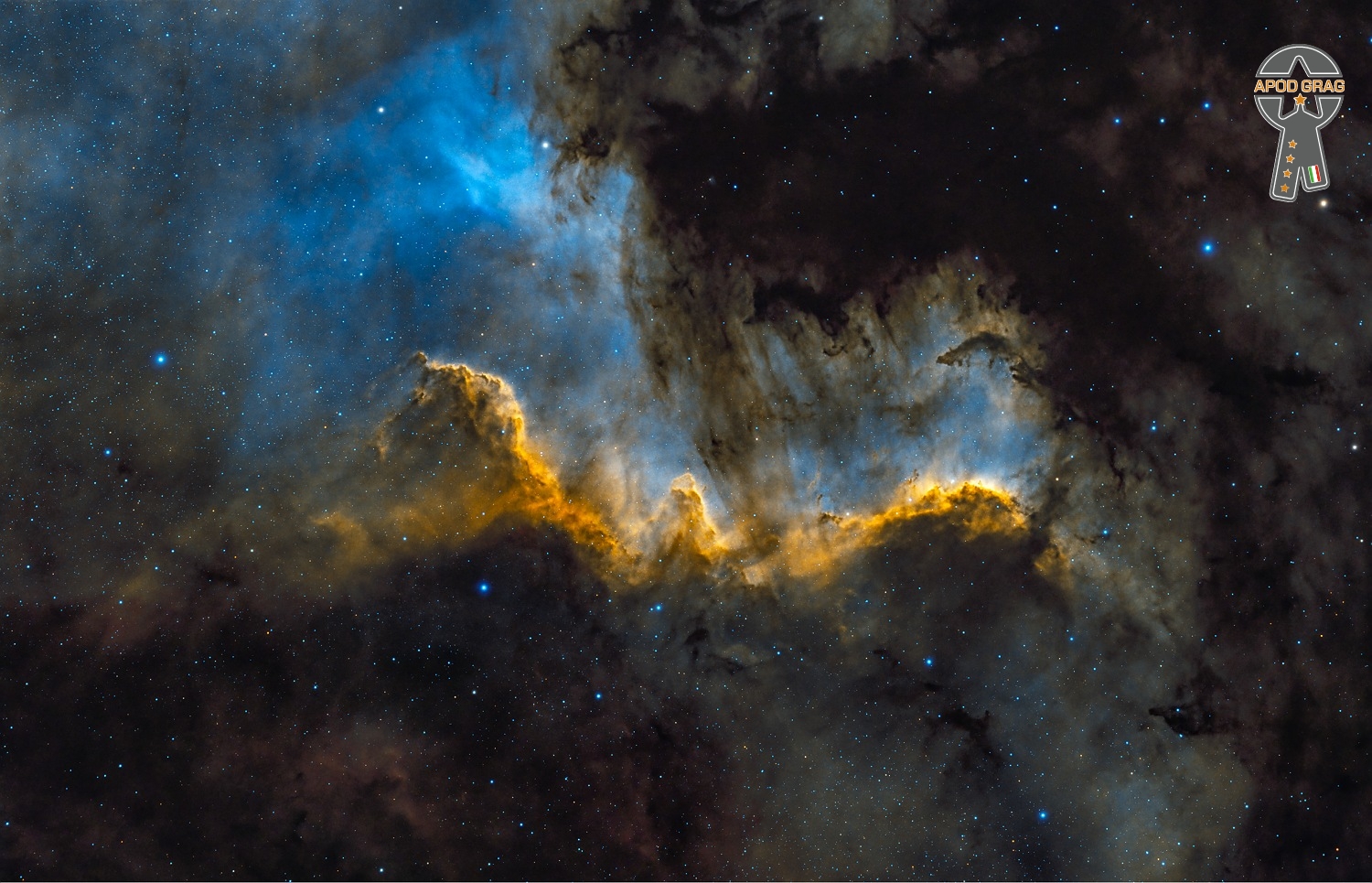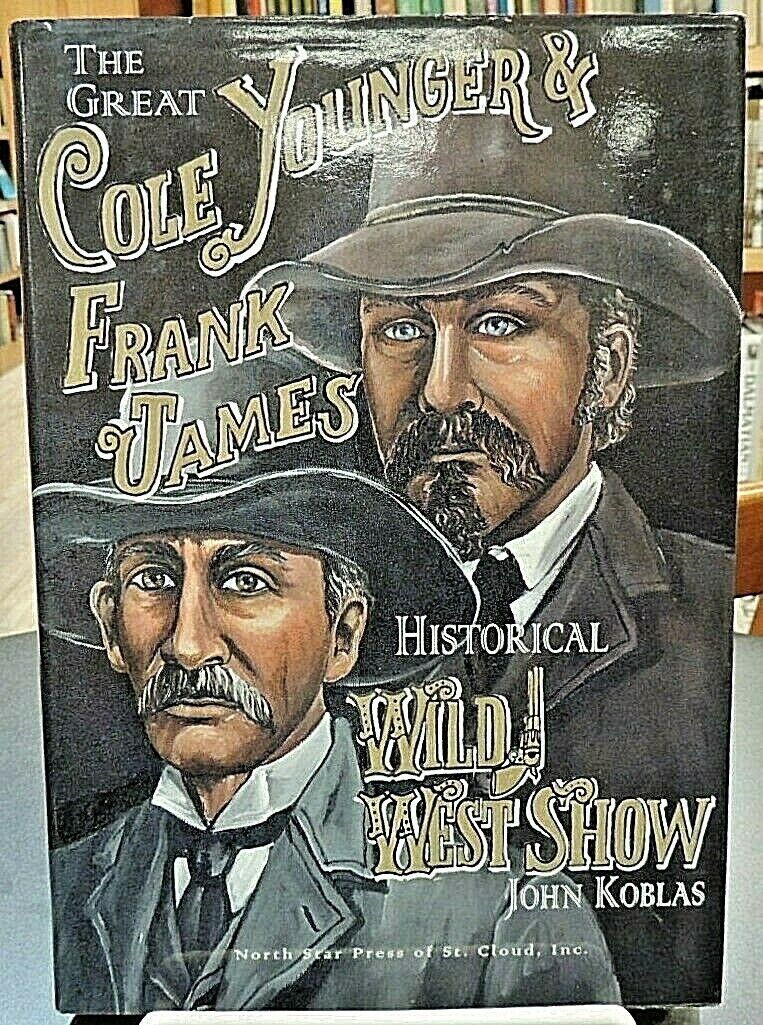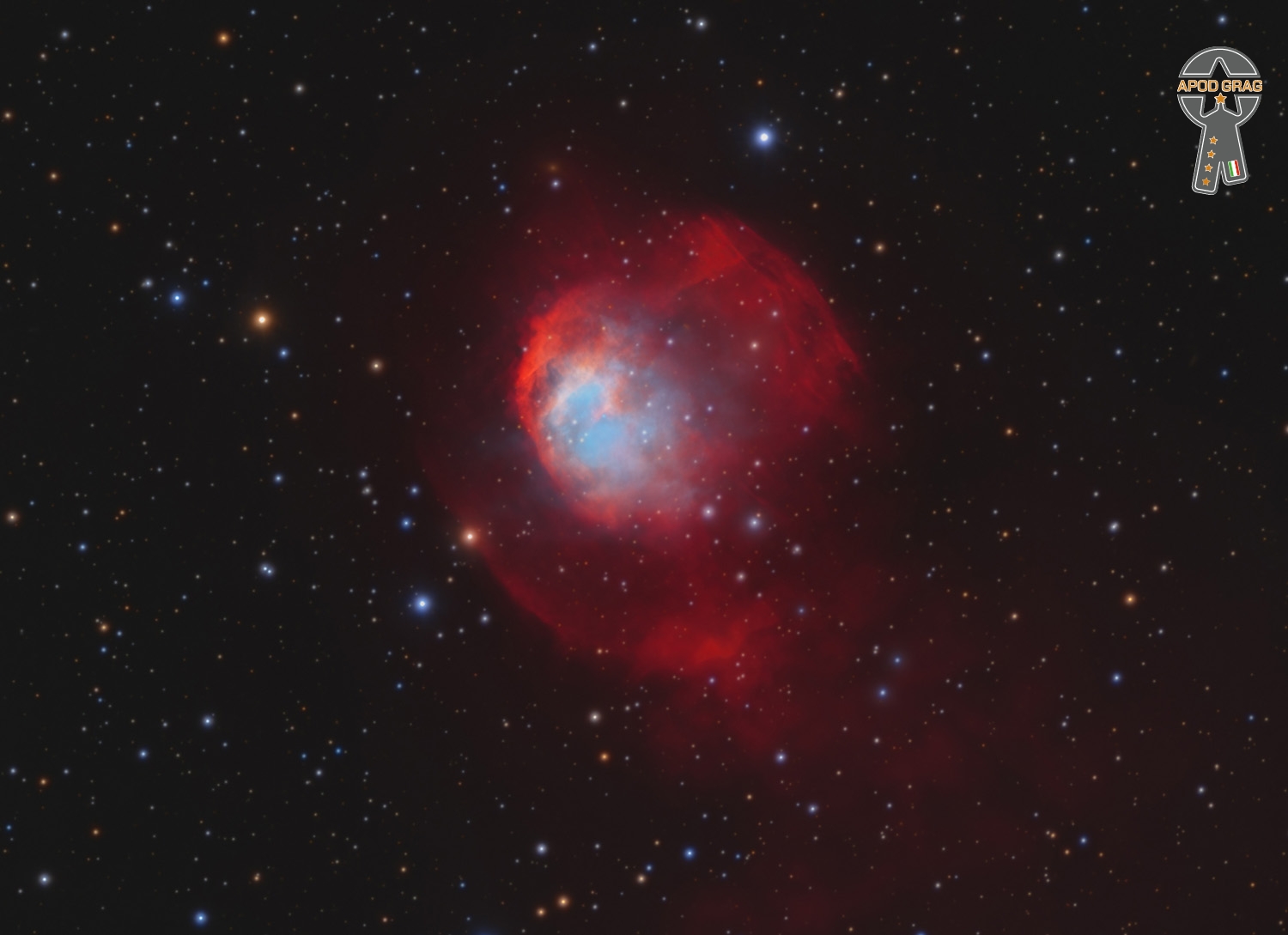Blog
Pyotr Ilyich Tchaikovsky 7 May 1840 – 6 November 1893) was a Russian composer of the Romantic period. He was the first Russian composer whose music would make a lasting impression internationally. Tchaikovsky wrote some of the most popular concert and theatrical music in the current classical repertoire, including the ballets Swan Lake and The Nutcracker, the 1812 Overture, his First Piano Concerto, Violin Concerto, the Romeo and Juliet Overture-Fantasy, several symphonies, and the opera Eugene Onegin.
Although musically precocious, Tchaikovsky was educated for a career as a civil servant as there was little opportunity for a musical career in Russia at the time and no system of public music education. When an opportunity for such an education arose, he entered the nascent Saint Petersburg Conservatory, from which he graduated in 1865. The formal Western-oriented teaching that Tchaikovsky received there set him apart from composers of the contemporary nationalist movement embodied by the Russian composers of The Fivewith whom his professional relationship was mixed.
Tchaikovsky’s training set him on a path to reconcile what he had learned with the native musical practices to which he had been exposed from childhood. From that reconciliation, he forged a personal but unmistakably Russian style. The principles that governed melody, harmony, and other fundamentals of Russian music ran completely counter to those that governed Western European music, which seemed to defeat the potential for using Russian music in large-scale Western composition or for forming a composite style, and it caused personal antipathies that dented Tchaikovsky’s self-confidence. Russian culture exhibited a split personality, with its native and adopted elements having drifted apart increasingly since the time of Peter the Great. That resulted in uncertainty among the intelligentsia about the country’s national identity, an ambiguity mirrored in Tchaikovsky’s career.
Despite his many popular successes, Tchaikovsky’s life was punctuated by personal crises and depression. Contributory factors included his early separation from his mother for boarding school followed by his mother’s early death, the death of his close friend and colleague Nikolai Rubinstein, his failed marriage with Antonina Miliukova, and the collapse of his 13-year association with the wealthy patroness Nadezhda von Meck. Tchaikovsky’s homosexuality, which he kept private, has traditionally also been considered a major factor though some scholars have played down its importance. His dedication of his Sixth symphony to his nephew Vladimir “Bob” Davydov and his feelings expressed about Davydov in letters to others, especially following Davydov’s suicide, have been cited as evidence for a romantic love between the two. Tchaikovsky’s sudden death at the age of 53 is generally ascribed to cholera, but there is an ongoing debate as to whether cholera was indeed the cause and whether the death was accidental or intentional.
While his music has remained popular among audiences, critical opinions were initially mixed. Some Russians did not feel it was sufficiently representative of native musical values and expressed suspicion that Europeans accepted the music for its Western elements. In an apparent reinforcement of the latter claim, some Europeans lauded Tchaikovsky for offering music more substantive than base exoticism, and said he transcended stereotypes of Russian classical music. Others dismissed Tchaikovsky’s music as deficient because they did not stringently follow Western principles.
more...Johannes Brahms 7 May 1833 – 3 April 1897) was a German composer, pianist, and conductor of the mid-Romantic period. Born in Hamburg into a Lutheran family, he spent much of his professional life in Vienna. He is sometimes grouped with Johann Sebastian Bach and Ludwig van Beethoven as one of the “Three Bs” of music, a comment originally made by the nineteenth-century conductor Hans von Bülow.
Brahms composed for symphony orchestra, chamber ensembles, piano, organ, voice, and chorus. A virtuoso pianist, he premiered many of his own works. He worked with leading performers of his time, including the pianist Clara Schumann and the violinist Joseph Joachim (the three were close friends). Many of his works have become staples of the modern concert repertoire.
Brahms has been considered both a traditionalist and an innovator, by his contemporaries and by later writers. His music is rooted in the structures and compositional techniques of the Classical masters. Embedded within those structures are deeply Romantic motifs. While some contemporaries found his music to be overly academic, his contribution and craftsmanship were admired by subsequent figures as diverse as Arnold Schoenberg and Edward Elgar. The detailed construction of Brahms’s works was a starting point and an inspiration for a generation of composers.
more...The Defeat of Jesse James second week tonight Saturday May 6th 2023 730pm show at the History Theater in St Paul. Music with Raymond Berg, Kam Markworth, Christian Wheeler and mick laBriola.

The North America Nebula (NGC 7000 or Caldwell 20) is an emission nebula in the constellationCygnus, close to Deneb (the tail of the swan and its brightest star). The shape of the nebularesembles that of the continent of North America, complete with a prominent Gulf of Mexico.

Denys Justin Wright (6 May 1924 – 8 February 1992), known professionally as Denny Wright, was a British jazz guitarist.
A session musician for many years, Wright frequently acted as arranger and “fixer” for recording sessions. He was a prolific jazz and orchestra composer. He led many bands, from small ensembles to night club bands to orchestras. He worked with Latin American and Jamaican bands, including Kenny Graham‘s Afro-Cubists and Mike McKenzie (jazz musician)‘s Quartet. He played with the Carl Barriteau orchestra, the Decca Records house band under Phil Green, and occasionally the Glenn Miller band. Wright was voted the 1980 BBC Jazz Society Musician of the Year.
During his career, he worked with Stéphane Grappelli, Lonnie Donegan, Johnny Duncan, Digby Fairweather, Ella Fitzgerald, Ken Snakehips Johnson, Billy Eckstine, Fapy Lafertin, Russ Conway, Biréli Lagrène, Humphrey Lyttelton, Nigel Kennedy, and George Shearing.
Although best known as a guitarist, his favourite instrument was piano, the only musical instrument he would play at home. Travellin’ Blues by Johnny Duncan and the Bluegrass Boys feature Wright’s piano playing.
more...David Friesen (born May 6, 1942 in Tacoma, Washington) is an American jazz bassist. He plays double bass and electric upright bass.
Friesen began playing bass while serving in the United States Army in Germany. He played with John Handyand Marian McPartland and following this, with Joe Henderson; in 1975, he toured in Europe with Billy Harper. His first album as a session leader appeared that year. In 1976, he began collaborating with guitarist John Stowell; the pair would work together often. He appeared with Ted Curson at the Monterey Jazz Festival in 1977. Following this, he worked with Ricky Ford, Duke Jordan, Mal Waldron, and Paul Horn. His 1989 album Other Times, Other Places reached No. 11 on the U.S. Billboard Top Jazz Albums chart. He has also played with Chick Corea, Michael Brecker, Stan Getz, Dexter Gordon, Kenny Garrett, Dizzy Gillespie, and Mal Waldron.
more...Hasaan Ibn Ali (born William Henry Langford, Jr.; May 6, 1931 – 1980) was an American jazz pianist and composer.
Ibn Ali was strongly influenced by Elmo Hope, and his playing was rapid and intense, retaining a sense of rhythm even when his style became increasingly unconventional. Only one recording of his playing – The Max Roach Trio Featuring the Legendary Hasaan – was released in his lifetime. Ibn Ali built a reputation in Philadelphia, where he influenced musicians including John Coltrane, but he remained little known elsewhere.
Hasaan Ibn Ali was born William Henry Langford, Jr. in Philadelphia on May 6, 1931. His mother was a domestic worker. In 1946 (aged 15), he toured with trumpeter Joe Morris‘s rhythm and blues band. In 1950, he played locally with Clifford Brown, Miles Davis, J. J. Johnson, Max Roach, and others. Based in Philadelphia, Ibn Ali freelanced and acquired a reputation locally as “an original composer and theorist”, in musicologist Lewis Porter‘s words. The pianist performed with Horace Arnold in New York City in 1959, and again in 1961–62, in a trio with Henry Grimes.
more...The Defeat of Jesse James second week tonight Friday May 5th 2023 730pm show at the History Theater in St Paul. Music with Raymond Berg, Kam Markworth, Christian Wheeler and mick laBriola.

Blue cosmic cloud begins the van den Bergh Catalog (vdB) of stars surrounded by reflection nebulae. Interstellar dust clouds reflecting the light of the nearby stars, the nebulae usually appear blue because scattering by the dust grains is more effective at shorter (bluer) wavelengths. The same type of scattering gives planet Earth its blue daytime skies. Van den Bergh’s 1966 list contains a total of 158 entries more easily visible from the northern hemisphere, including bright Pleiades cluster stars and other popular targets for astroimagers. Less than 5 light-years across, VdB1 lies about 1,600 light-years distant in the constellation Cassiopeia. Also on this scene, two intriguing nebulae at the right show loops and outflow features associated with the energetic process of star formation. Within are extremely young variable stars V633 Cas (top) and V376 Cas.

Stanley Cowell (May 5, 1941 – December 17, 2020) was an American jazz pianist and co-founder of the Strata-East Records label.
Cowell was born in Toledo, Ohio. He began playing the piano around the age of four, and became interested in jazz after seeing Art Tatum at the age of six. Tatum was a family friend.
After high school, Cowell studied classical piano with Emil Danenberg at Oberlin Conservatory of Music He included “Emil Danenberg” in his 1973 suite “Musa: Ancestral Dreams”. During his time at Oberlin, he played with jazz multi-instrumentalist Roland Kirk, which proved to be formative. He went on to receive a graduate degree in classical piano from the University of Michigan. He moved to New York in the mid-1960s.
more...Joyce Collins (born 5 May 1930, Battle Mountain, Nevada – died January 3, 2010) was a jazz pianist, singer and educator.
Collins began playing piano professionally at the age of 15 while still attending Reno High School in Nevada. Later, while studying music and teaching at San Francisco State College, she played in groups and solo at various jazz clubs, eventually going on tour with the Frankie Carle band.
In the late 1950s, Collins settled in Los Angeles, working there and also in Reno and Las Vegas, where she became the first woman to conduct one of the resort’s show bands. During this time Collins worked in film and television studios, spending 10 years in the band on the Mary Tyler Moore Show and also on comedian Bob Newhart‘s shows.
more...J. B. Lenoir (/ləˈnɔːr/ luh-NORR; March 5, 1929 – April 29, 1967) was an American blues guitarist and singer-songwriter, active in the Chicago blues scene in the 1950s and 1960s.
Lenoir was born in Monticello, Mississippi. His full given name was simply “J. B.”; the letters were not initials. Lenoir’s guitar-playing father introduced him to the music of Blind Lemon Jefferson, which became a major influence. During the early 1940s, Lenoir worked with the blues artists Sonny Boy Williamson II and Elmore James in New Orleans. He was later influenced by Arthur Crudup and Lightnin’ Hopkins.
In 1949, he moved to Chicago, where Big Bill Broonzy helped introduce him to the blues community. He began to perform at local nightclubs, with musicians such as Memphis Minnie, Big Maceo Merriweather, and Muddy Waters, and became an important part of the city’s blues scene. He began recording in 1951 for J.O.B. Records and Chess Records. His recording of “Korea Blues” was licensed to and released by Chess, as having been performed by J. B. and his Bayou Boys. His band included the pianist Sunnyland Slim, the guitarist Leroy Foster, and the drummer Alfred Wallace.
more...“Granaína” or “granadinas” is a flamenco style that derives from “fandangos”. It is usually included in “malagueños” styles.
This style was originated is in “verdiales”. It had its development in “zambras” in Granada and was popularised in the late 19th century by Frasquito “Yerbagüena” and Paquillo “el Gas”. Later, it was spreaded by Antonio Chacón, “El Peña” and Canalejas de Puerto Real.
“Granaína” has two variants: “granaína” itself, and “media granaína”. Both have a clear melodic line and a deep and difficult phrasing. The difference between the two variants is that the first one is quite extended in the third part, making a final modulation, which is characteristic of this singing.
more...Thursday May 4th 2023 with a 10am Matinee and 730pm evening show. In the second week of “The Defeat of Jesse James” at the History Theater in St Paul. Music with Raymond Berg, Kam Markworth, Christian Wheeler and mick laBriola.

This candidate planetary nebula was discovered by our team in August 2022.
StDr 163 in the constellation Gemini is without doubt one of the most beautiful objects in the StDr catalogue.
The remarkable aspect of this nebula is that we can literally watch the structure expand.
The hot star in the centre is surrounded by a constantly growing envelope of ionised oxygen (OIII).
Gently, the blue OIII core breaks through the red cocoon of ionised hydrogen (H-alpha).
It is not known whether the reddish halo area around the nebula, which resembles two wings, belongs to the object itself, or whether it is interstellar material that is ionised and excited to glow by the potential white dwarf in the centre.

More Posts
- Shabbat for the Soul Mt Zion
- Cosmos Aurora Banks Peninsula
- Bill Bruford
- Taj Mahal
- Jackie McLean
- Dewey Redman
- Flamenco Fridays José Anillo
- Daily Roots King Tubby and the Aggrovators
- Cosmos NGC 7023
- Billy Cobham
- Betty Carter
- World Music Hardanger Fiddle
- Daily Roots King Jammy
- Native American Dog Story
- Rhythm Roots Workshop Residency Ecumen Lakeview Commons Assisted Living and Memory Care in Maplewood
- Cosmos Sun AR 3664
- Brian Eno
- Trini López
- Oscar Castro-Neves
- Ellis Larkins